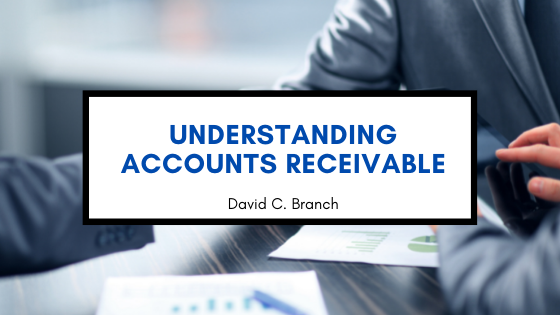Accounts receivable are an essential part of any business. They represent the money owed to a company for goods or services they have already provided to a customer. In other words, accounts receivables mean that you delivered a good to your customer, but they have not paid you yet for that good.
In accounting terminology, accounts receivables are listed as current assets. You can also think of accounts receivable as goods you have sold to your customers on credit. An account receivable is classified as a current asset because it is viewed as money owed to the firm in the short term.
A customer’s time to pay for goods or services provided on credit varies from firm to firm. It can also depend on the type of goods or services sold and even who the customer is. The terms for payment for accounts receivable can range from a few days to a few weeks and even up to a year. Anything over a year will be considered a long-term asset.
The opposite of accounts receivable is accounts payable. This represents money that a firm owes another firm for goods or services rendered. For example, Company A delivers Company B $100,000 worth of tires. Company A is owed or has an accounts receivable balance of $100,000 from Company B for its delivered tires. On the other hand, Company B has an accounts payable balance of $100,000 and owes company A $100,000 that is payable over a period of time.
The accounts receivable balance of a company is found in its accounting balance sheet. There are also several ways to analyze and interpret the amount of money in a company’s accounts receivable. An accounts receivable balance that is very low can mean that a company is too stringent with its credit. It may be losing customers that it otherwise might have if it allowed more generous payment terms for its goods or services. An accounts receivable balance that is too high can also mean trouble. It may mean that the company is being too lenient in its payment terms and is not collecting quickly enough on debts owed to it.
Accountants and business people also like to analyze the accounts receivable balance using the accounts receivable turnover ratio. This ratio shows how many times a firm collects its accounts receivables in an accounting period. A higher ratio is viewed as a positive. A low ratio can mean that customers are not paying their debts or that the firm has difficulty collecting the money owed.
To summarize, accounts receivables are an important part of a firm’s sales, assets, and balance sheet. It should be analyzed to determine if a firm is too lenient or strict in its credit terms. The accounts receivable balance should also be analyzed using the accounts receivable ratio to determine if the company is doing a good job collecting the money owed on time.

